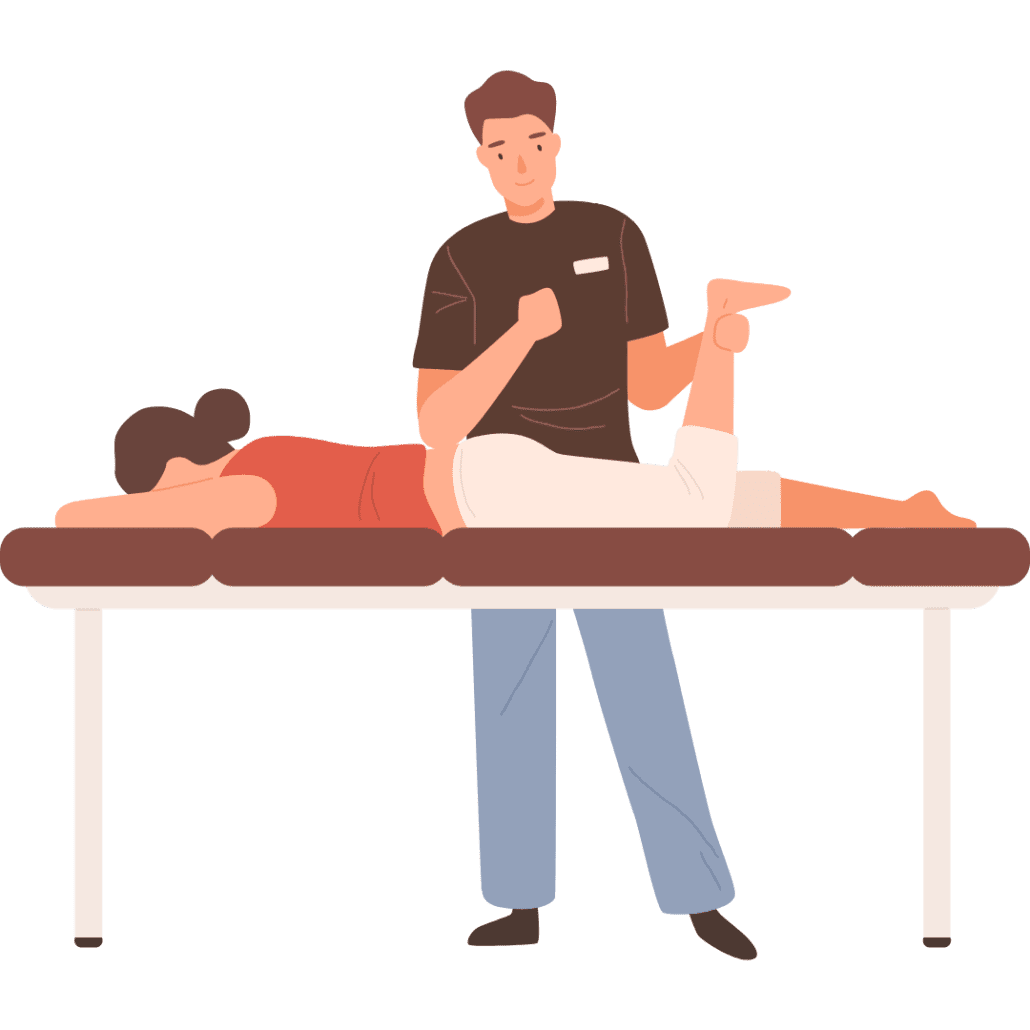So, what now..
You may have listened to one of our recent podcast episodes where we spoke about the idea that we aren’t ‘releasing’ tissues, joints, or any other structures with manual therapy techniques, and more generally question how well we can state some claims and beliefs that are commonly held (Episode 102 – ACE Audio).
You may have also come across other sources that similarly question manual interventions. There isn’t a shortage of content on social media as well as studies, that are challenging the mechanisms behind almost all health care professional’s interventions.
I’ve often heard therapists face this new understanding with a nihilistic view –What am I actually doing, then? Does any of this even matter? Is this still important for my patients? So, what am I meant to do now?.
This isn’t something that we as health care practitioners are facing alone. I’m sure some of us have experienced a mid or quarter-life-crisis, questioning what the outcome of our actions are in 10-, 20-, or 100-years’ time, but addressing that is a maybe best left for a separate conversation and specialist.
Keeping this in a manual therapy context though, we must appreciate that what we are doing matters, and what exactly is happening, maybe doesn’t matter as much.
The impact that we have on our patients’ lives and how we can better navigate this shouldn’t be understated.

Having our patient’s painful experiences improve to be able to return to their daily activities and goals is incredible, no matter how we get there.
It is important for us to do our best not to be pushing harmful narratives – topics that we’ve discussed in many previous podcasts and blogs such as the body being viewed as a machine, negative or catastrophic language being used, and poor prognostic advice.
When we update our understanding and it challenges what we initially believed, we should continue our practice with confidence that we can still achieve the same outcomes and give your patient the same gift, it’s just that the explanations are slightly different.
In my experience, having these conversations with patients where I’ve told them that my understanding had recently changed – that I used to believe that we were lengthening tissue, breaking up adhesions, or putting joints back in to place for example, and now it is more likely that the effects are coming from various neurological outcomes, perceptual and/or contextual effects, or a range of other possible explanations – only increases their interest, rapport, and trust in your skill and knowledge. It can even be a useful segway into other conversations such as their self-management or rehab as it is steering away from a necessity of only receiving treatment to be able to resolve their complaints.
When speaking with other therapists and raising questions about these commonly held beliefs, the intention is never to dismiss the work that is being done, or to cause any frustration and negativity within ourselves and the industry. Rather, it is to help encourage better understandings, more critical thinking of the industry and the skills utilized, which all helps our clinical decision-making and therefore, the outcomes of our patients and improving their quality of life.
It’s difficult for us to expect that we’ve arrived at the end of understanding and change when it comes to research and science, and so keeping some flexibility in our mindset helps, maybe not to provide an answer, but at least provide some comfort when pondering – so, what now…


